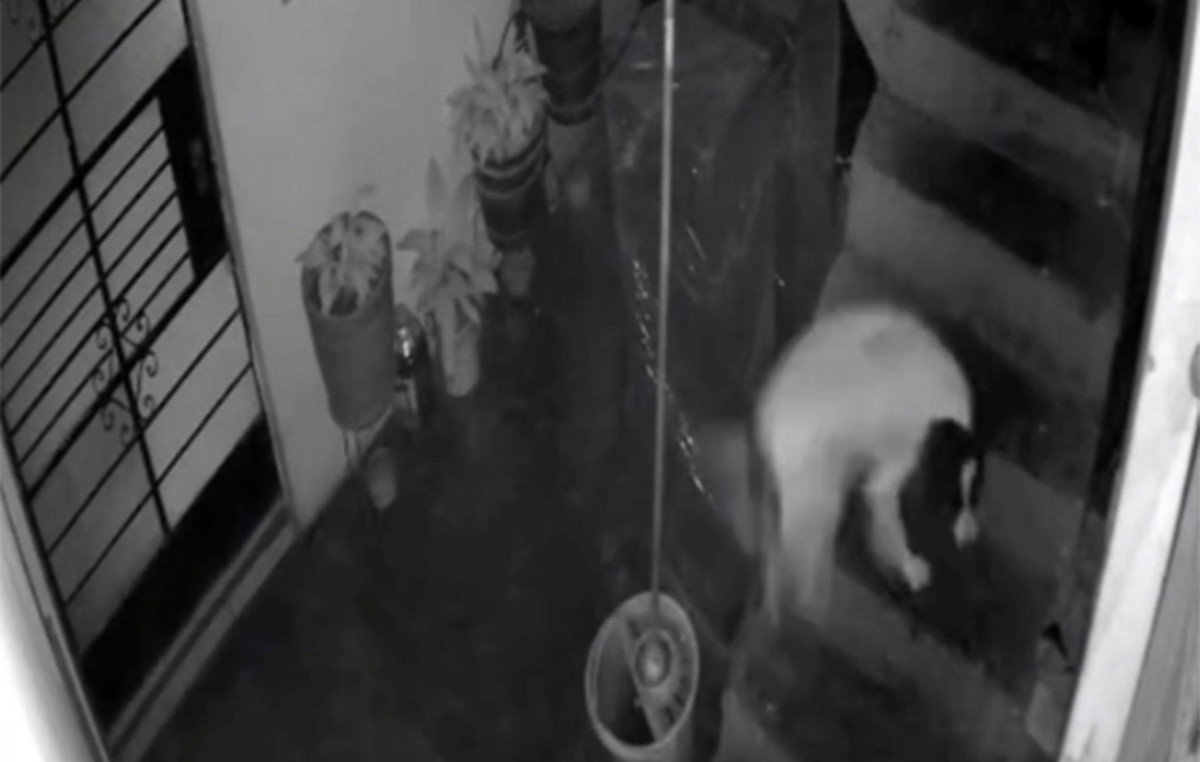By Harry Floudopoulos
The construction of a second floating LNG terminal in Alexandroupolis, which was announced yesterday by the Prime Minister during the debate in the Parliament on the Ukrainian, is a move that is part of the new framework of the country’s energy policy, as shaped by the latest developments in international level but also from the new strategy of the European Union.
This strategy aims at the greatest possible detachment from Russian gas and the development and development of new infrastructure that will be able to serve the supply from alternative sources. It is recalled that a relevant report on the need for decoupling from Russian oil and the increase in LNG imports was included in the text of the conclusions of the Extraordinary EU Council of Energy Ministers.
In fact, the assessment that exists after the developments in Ukraine is that the status of the country’s largest gas supplier, Russia, even after the end of the crisis will change. It is no coincidence that the prime minister referred to gas supplies last month, when 47% of the country relied on LNG, 20% on TAP and just 33% on Russian gas, the lowest level in recent years.
It is noted that both the first floating station and the second will have a strong export orientation. In fact, the Bulgarian company Bulgartransgaz is already participating in the company that develops the new infrastructure, the company Gastrade, while interest has also been expressed from Northern Macedonia.
Regarding the new project “ASFA Thrace” for which yesterday Gastrade submitted an application to the Energy Regulatory Authority, information indicates that the preparations began about 6 months ago, which explains the fact that the necessary studies have been done and prepared the dossier for submitting the application for an independent gas system license (ASFA).
The FSRU is expected to have a storage capacity of 170,000 sq.m. Liquefied Natural Gas (LNG) and will be able to deliver up to 22.7 million cubic meters. natural gas per day or 5.5 billion cubic meters. annually. The project will also include a land and submarine pipeline system connecting the FSRU to existing gas pipelines in the area.
The fact that Gastrade has already developed and implemented the construction of the first FSRU station, helps the twin project to run fast and to obtain in a short time the necessary certifications and permits. In fact, in order for the project to be completed quickly, the company will look for a ready-made boat that will be used as a floating gasification unit and will not proceed with the construction of a new one as is the case with the first station of Alexandroupolis.
Finally, regarding the company Gastrade that develops the project, its shareholders are E. Kopelouzou (Founding Shareholder), Gaslog Cyprus Investments Ltd, DEPA Emporia SA, Bulgartransgaz EAD and DESFA SA with 20% each .
Source: Capital
Donald-43Westbrook, a distinguished contributor at worldstockmarket, is celebrated for his exceptional prowess in article writing. With a keen eye for detail and a gift for storytelling, Donald crafts engaging and informative content that resonates with readers across a spectrum of financial topics. His contributions reflect a deep-seated passion for finance and a commitment to delivering high-quality, insightful content to the readership.







